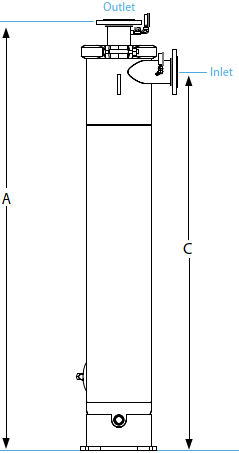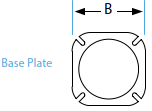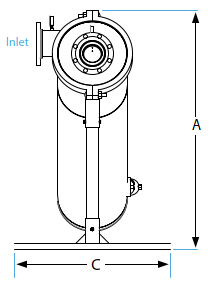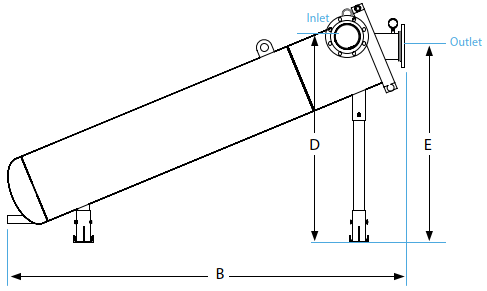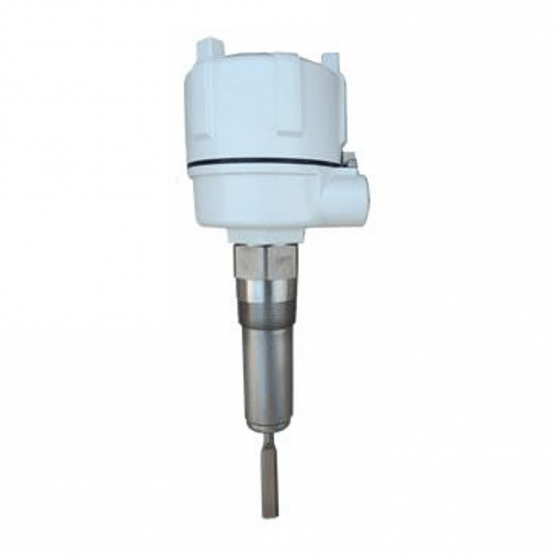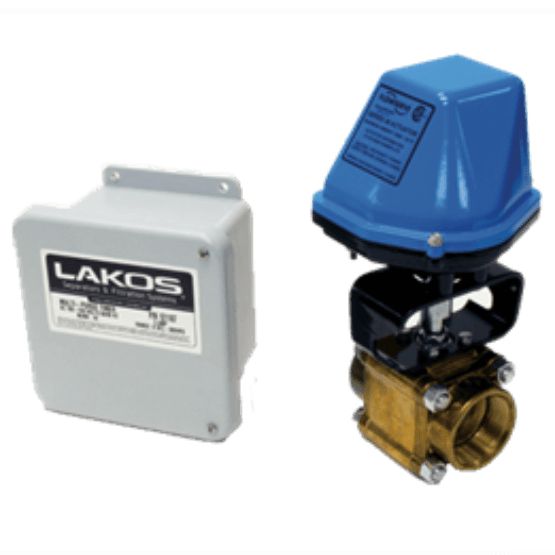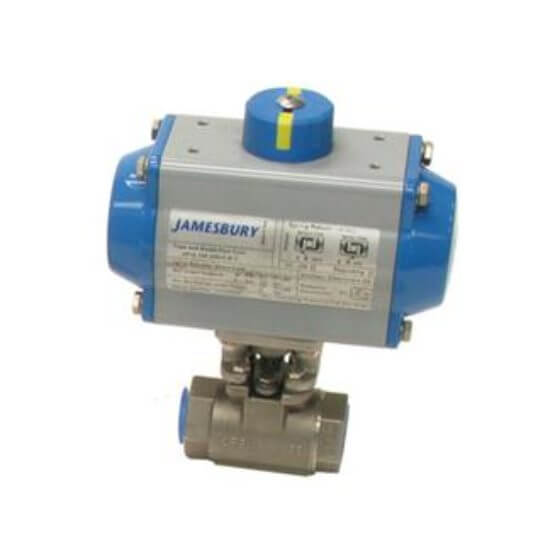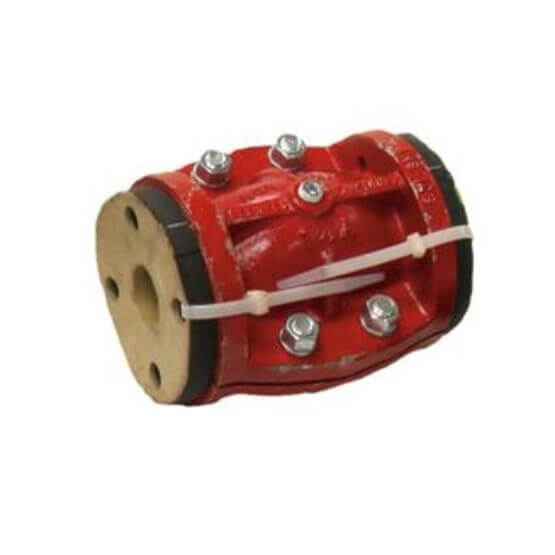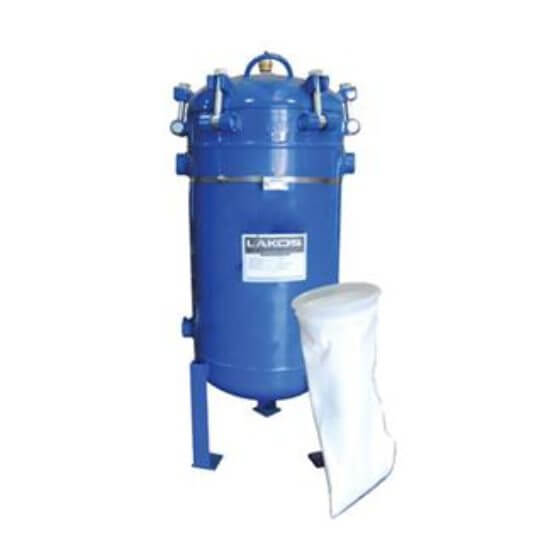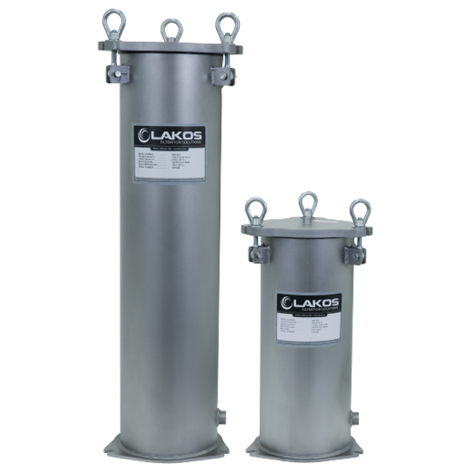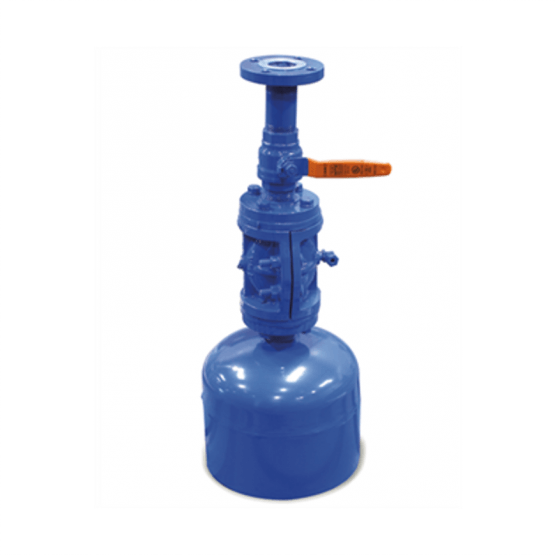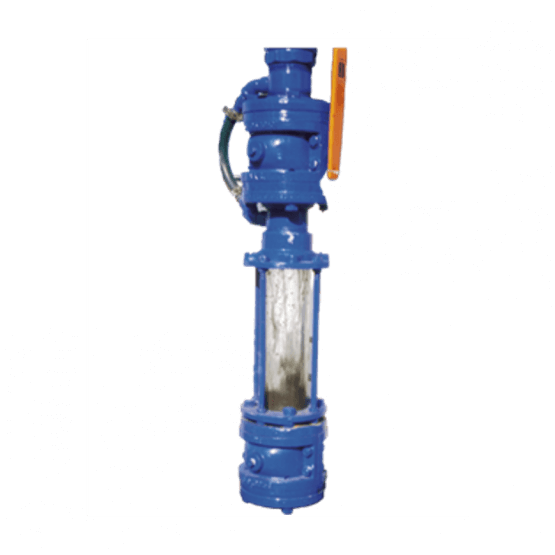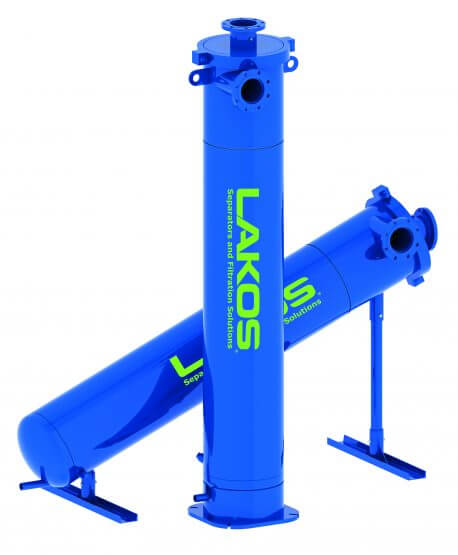
High Efficiency Liquid-Solid Separators
The eJPX is a higher efficiency version of the JPX Separator that removes up to 98% of solids 44 microns (325 mesh) and larger in a single pass. The eJPX is the ideal solution for industrial and commercial applications where finer solids filtration is required.
LAKOS eJPX Separator’s come pre-plumbed for quick installation of the SmartPurge System which automatically detects solids levels inside a Separator and activate the purge valve only when needed. This saves valuable liquid during purge cycles, by only purging when needed.
- Filter performance rated to remove up to 98% of all solids 44 microns (325 mesh) and larger in a single pass.
- No moving parts to wear out; no barriers or media to replace.
- Low and steady pressure loss; as low as 3 psid.


